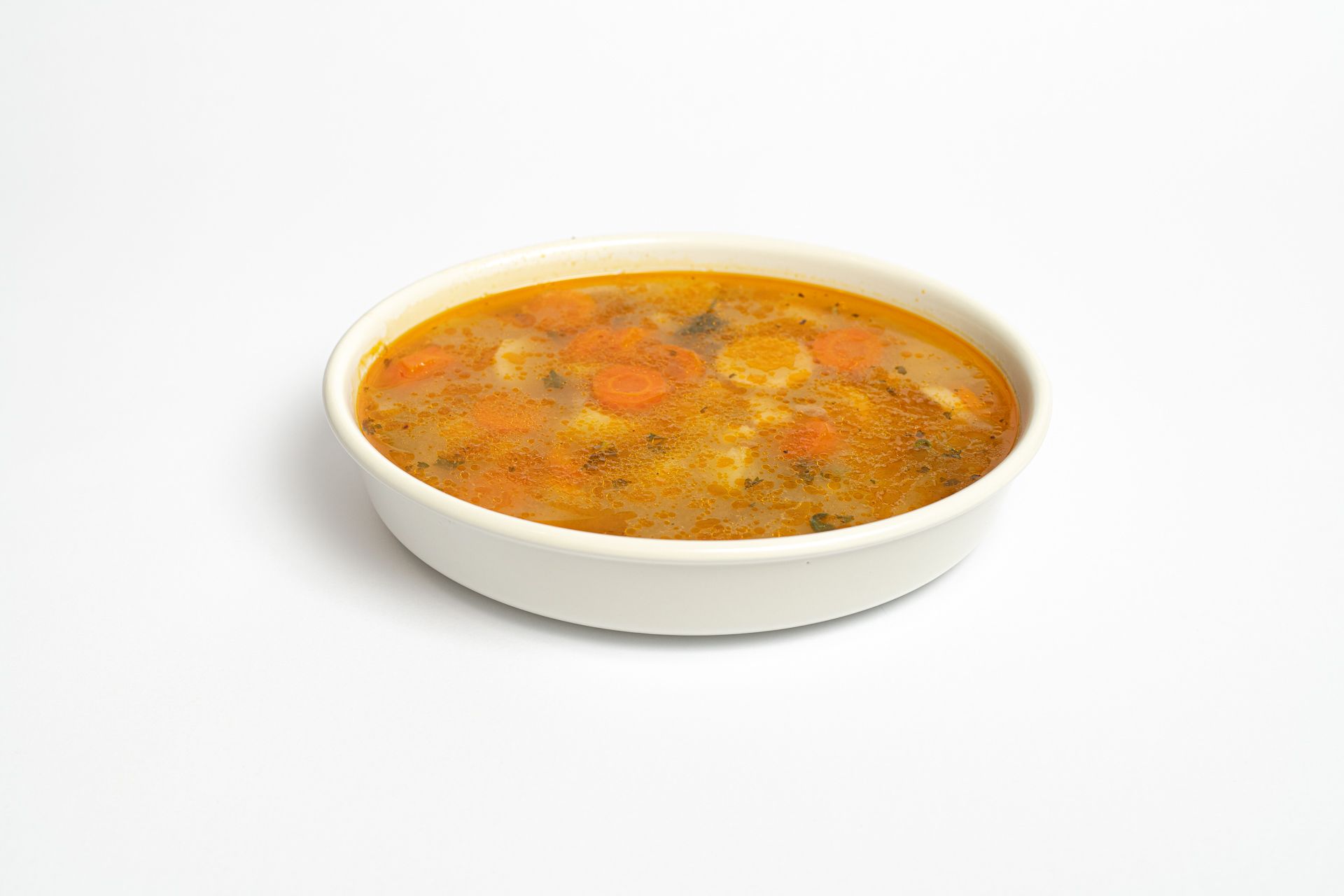What dishes would you save for posterity? What flavors and ingredients would you preserve for the next generations? With most of humanity being confined within the four walls, these questions are becoming increasingly relevant nowadays. In her doctoral research, food designer Angéla Góg attempts to answer these questions so that she can set the future’s table.
After the „Emlékek cukrászdája” (Confectionary of Memories) and the „A vasárnapi ebéd” (Sunday Lunch) projects, Angéla Góg focuses on the eating habits of the future as a grad student of the Doctoral School of Moholy-Nagy University of Art and Design, in her usual way. The “Jövő Asztala” (Table of the Future) is not a scientific-fantastic unrealistic foresight: the same as in the case of the previous two projects, designing the menu and the inseparable tableware set is preceded by massive research in this case, too, which will become a complex experience in the form of the exhibition scheduled for the fall.
In addition to examining the available literature, the surveys in which Angéla asked everyday people about their relationship to eating and their personal experiences regarding creating and consuming the meals form an integral part of the project. The food designer simultaneously launched the dinner series titled „A jövő emlékei” (Memories of the Future) simultaneously, where the volunteering dinner guests come with the meal they themselves would preserve for future generations. We also had the chance to participate in a dinner of the kind and it was interesting to see who considers which meals important and why.

“There were many traditional meals on the table, including Hungarian layered potatoes, stuffed paprika, plum dumplings, crepes, but popular dishes of our day like tabbouleh, Vietnamese summer rolls or shaksuka were also represented. Based on the experience of previous studies, I expected the flavors of our childhood and the memories related to come up. At the same time, it was interesting to see that many of the dinner guests didn’t reach back to traditional Hungarian cuisine, but brought multicultural dishes instead, something that has become a preferred and dominant meal in their everydays’ – Angéla told us.
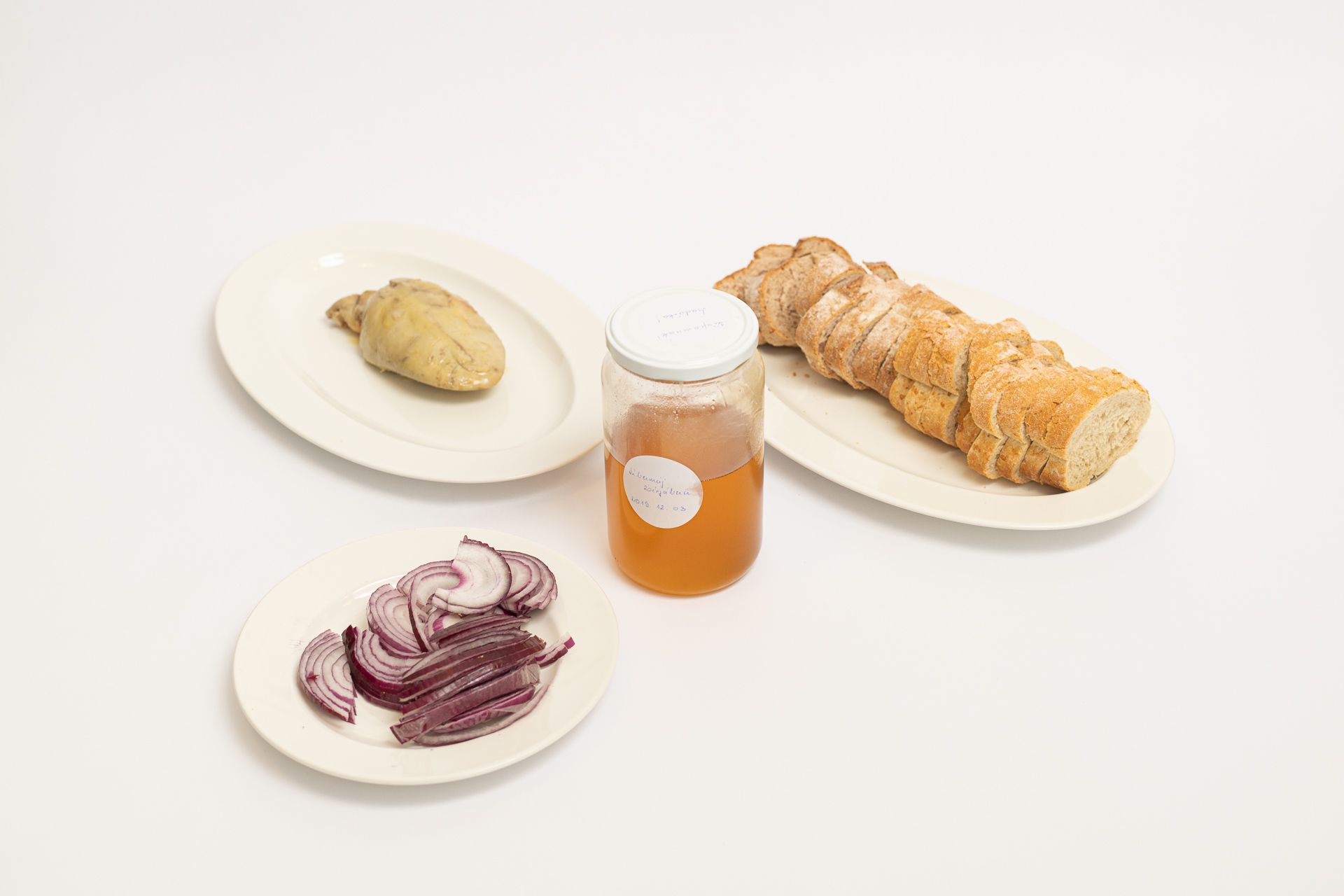
The sessions of the dinner series, the dishes brought and the dinner guests were captured on fantastic photos by Rácmolnár Milán. Those interested can learn more about the ten dinners and the 50 guests in the form of a future publication and an exhibition, where it will also be revealed in what form the dishes put in the spotlight arrived to the venue (spoiler: you should expect both ice cream containers and fancier glass bowls, too). The “public poll” is still in progress at the moment, so anyone who would be happy to tell about the meals they think are essential for the table of the future can do so by completing the survey.
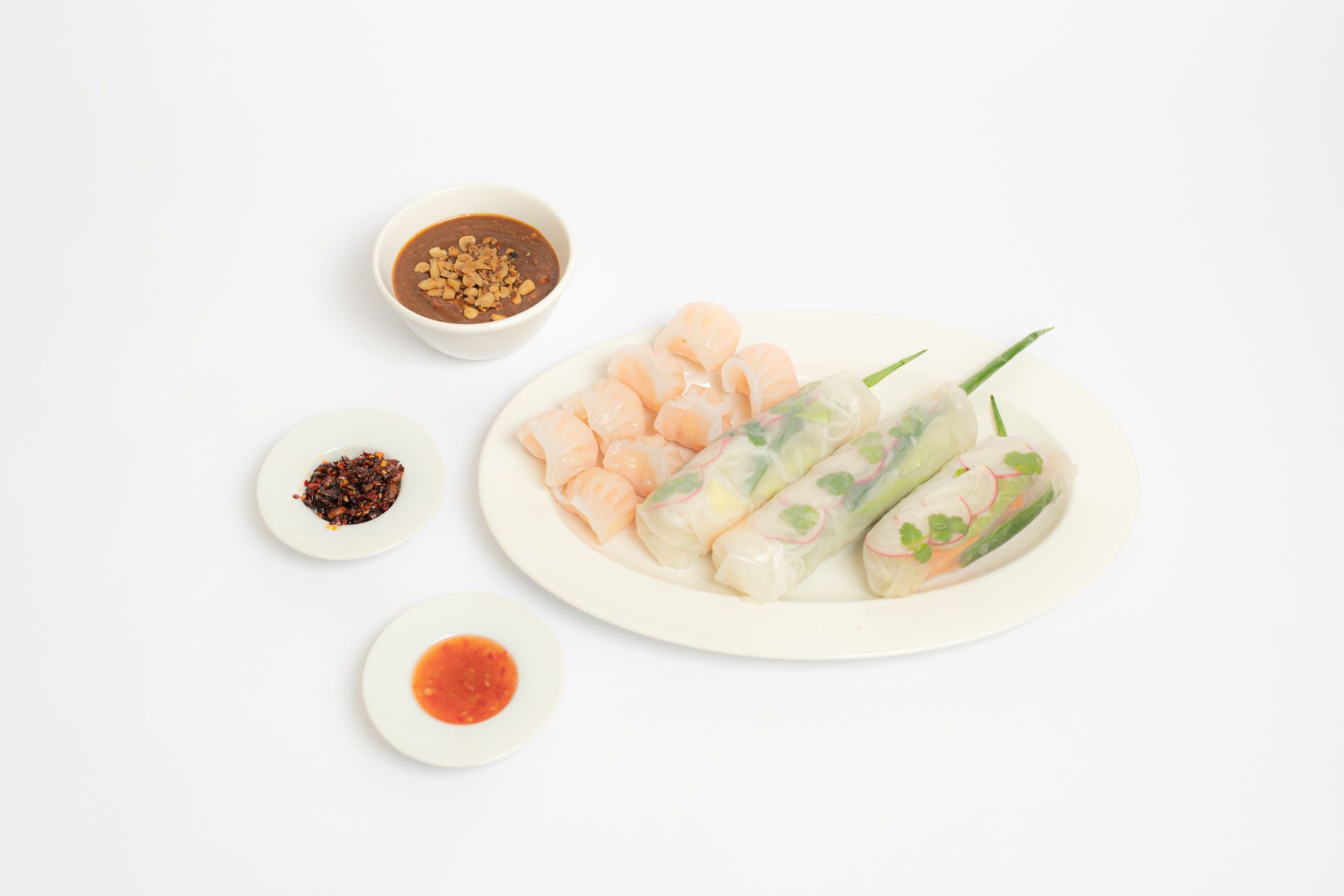
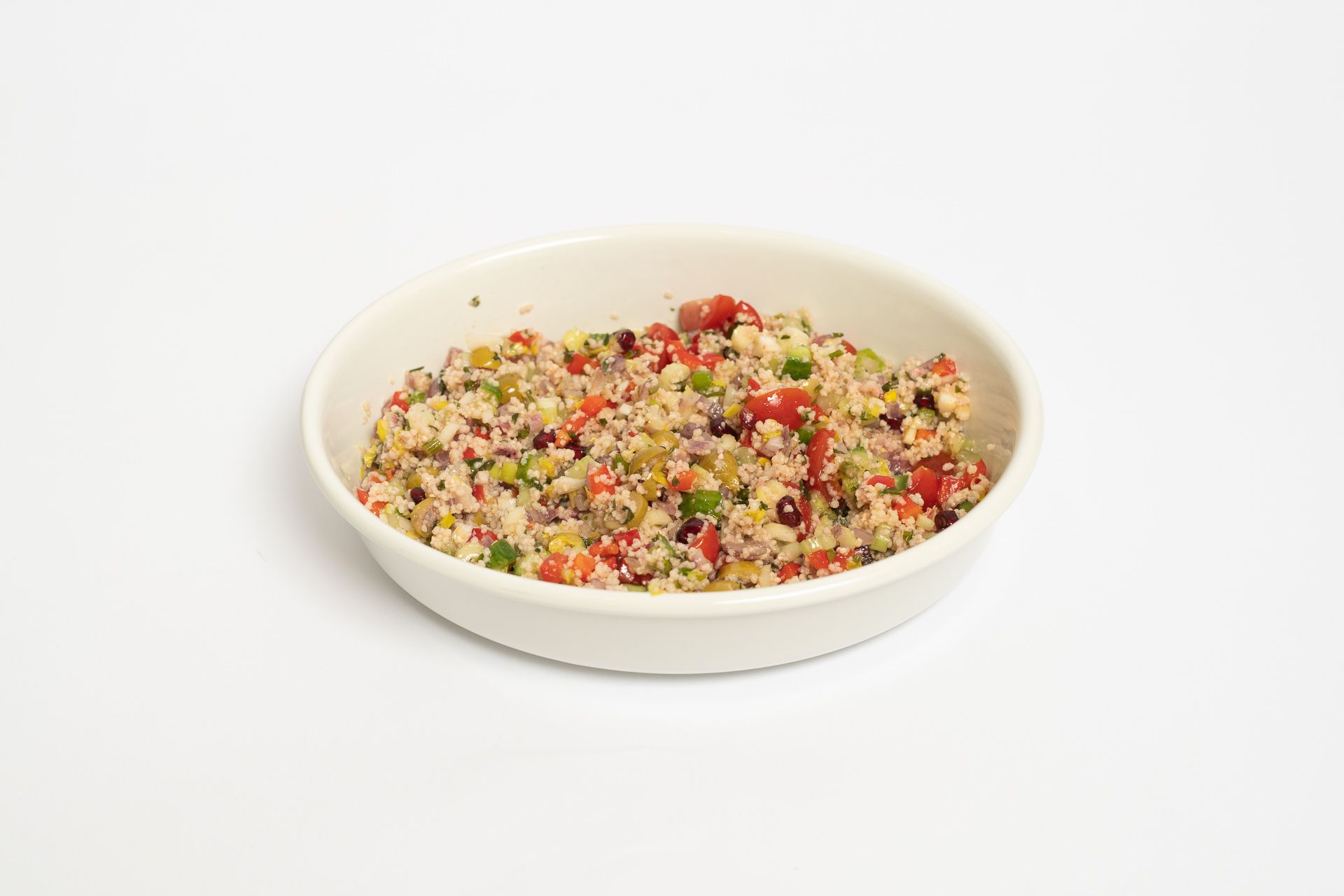
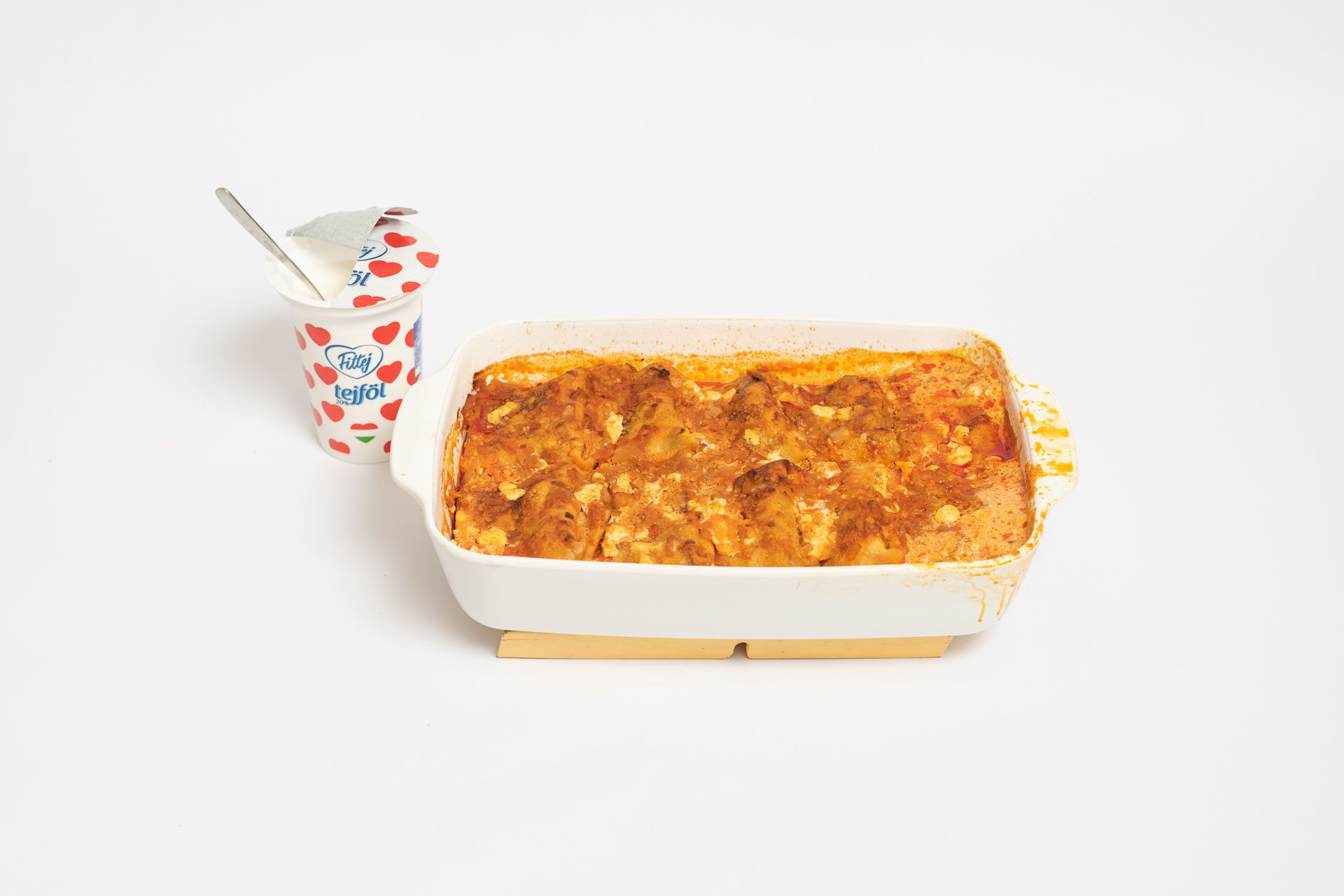
Based on the research in literature, evaluating the surveys and the experiences of “The Table of the Future” dinner series, Angéla saw several possible directions. It occurred to her that she would focus on the change of eating habits and the expansion of various alternative ingredients and popular eating trends, and design accordingly. Finally she saw a tendency (based on the answers given to the survey and the conversations that took place on the dinners) that people don’t want to change or substitute the ingredients of meals, they would rather save and preserve the specific dishes that mean a lot to them, and many times, this does not depend on the ingredients primarily, much more on the persons who created such dishes.
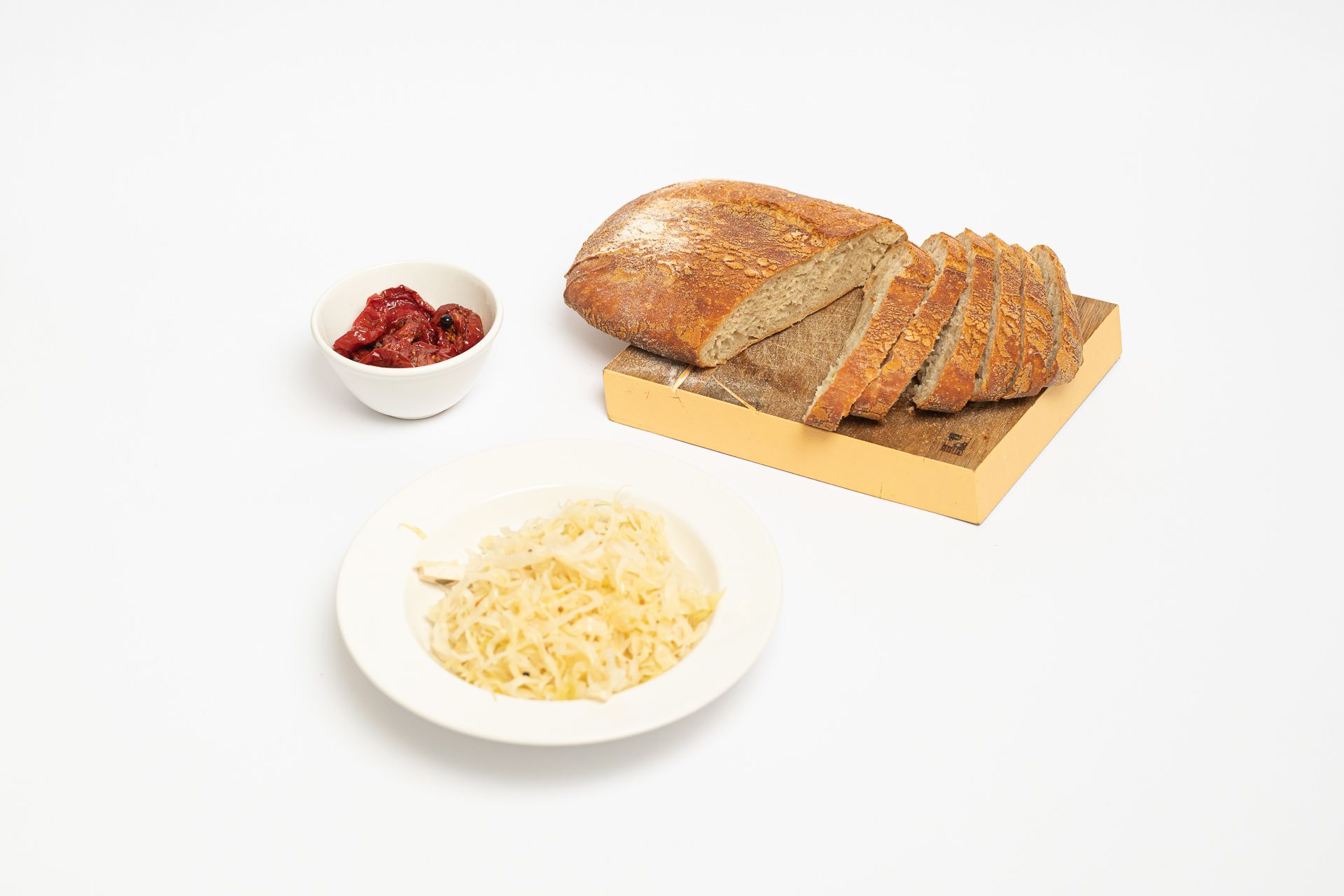
This way, Angéla ended up asking herself the question whether it is possible to preserve a specific flavor or even a complete menu in a way that it will recall similar experiences after 50 years. Unfortunately we cannot tell you more about the details of the research, on the one hand because the survey is still on, and Angéla’s experiments aren’t over yet either, on the contrary: currently she consults with the Food Science Research Institute and other experts in order to reach the perfect end result. The project will be presented in detail during the fall, when she graduates from the doctoral program, after which anyone will be able to sit down to the Table of the Future.
Angéla Góg | Facebook | Instagram
Photos: Milán Rácmolnár
On the cover photo: Angéla Góg’s favorite: “My Mom’s pea soup” (photo: Milán Rácmolnár)
Ginger Sprite
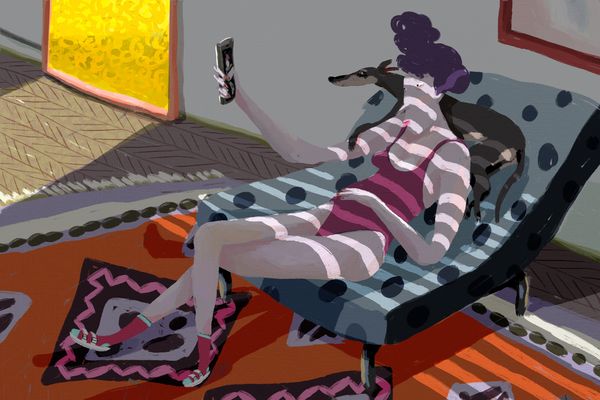
#stayhomecreative | Show your outfit!










